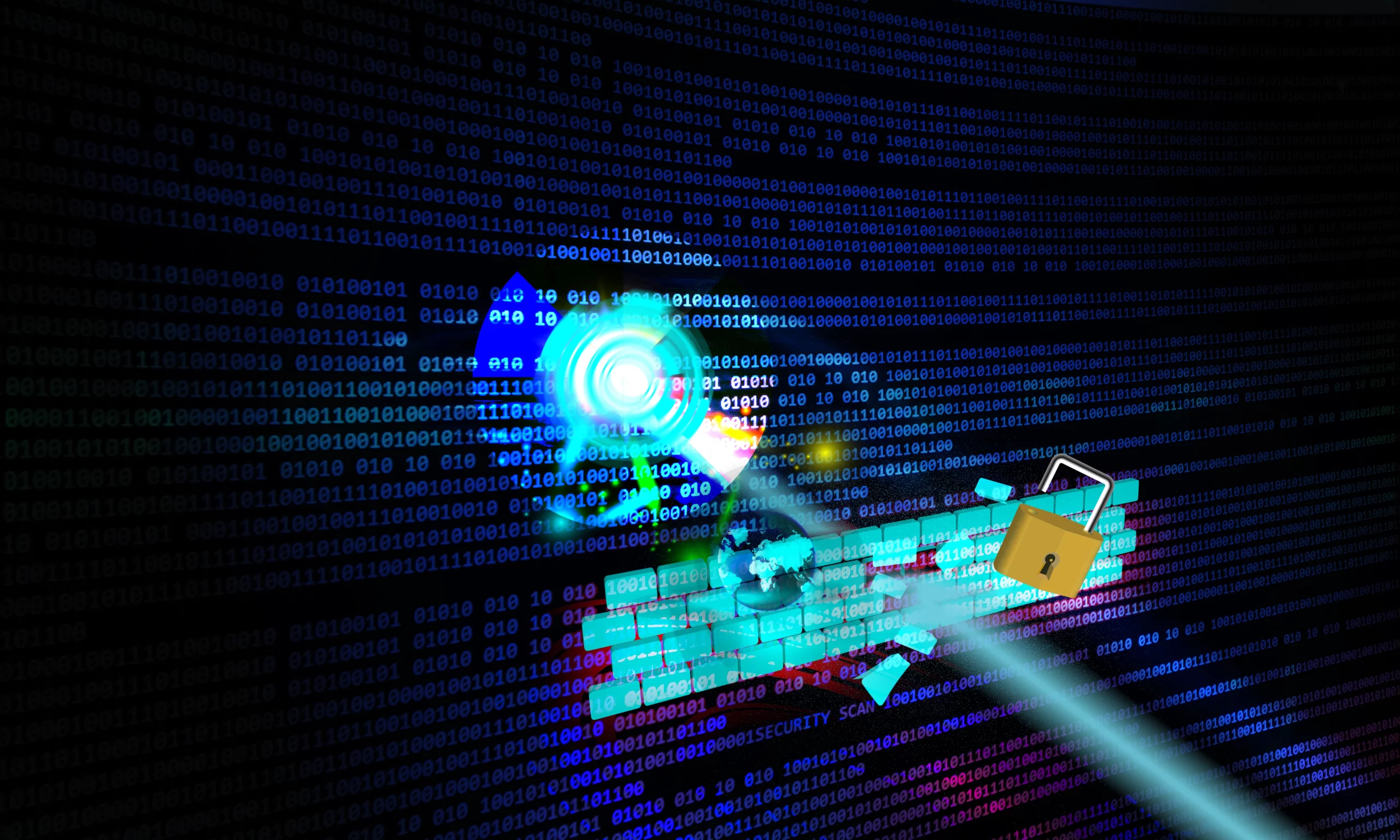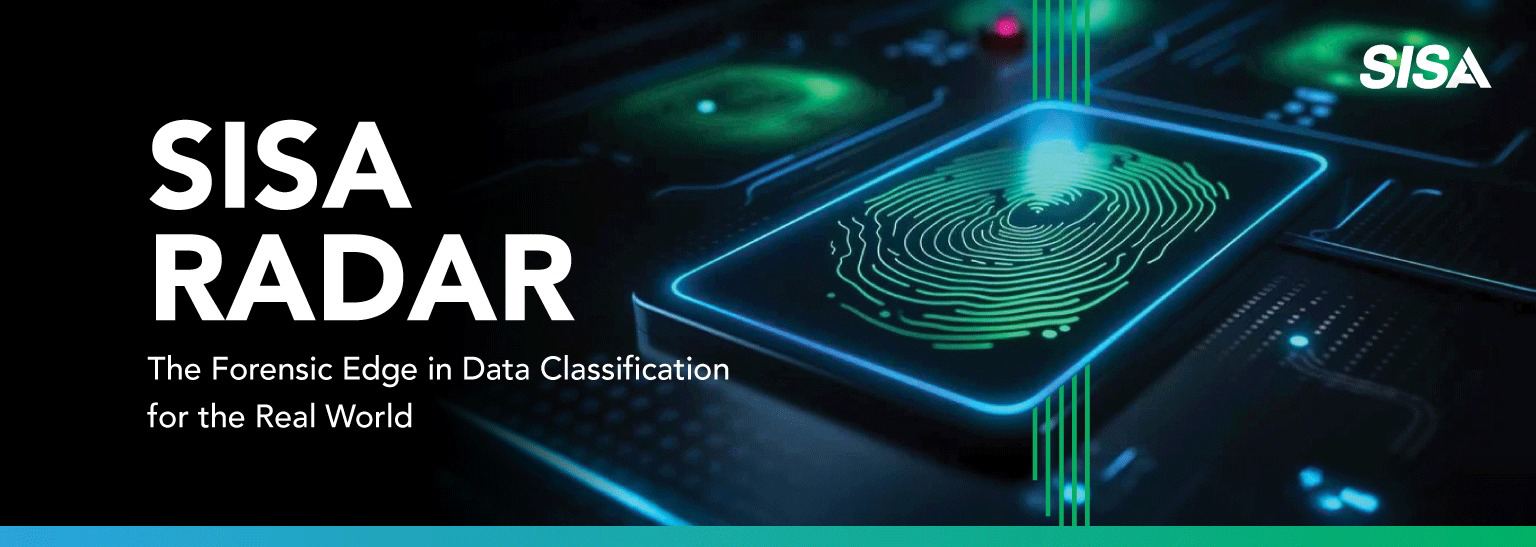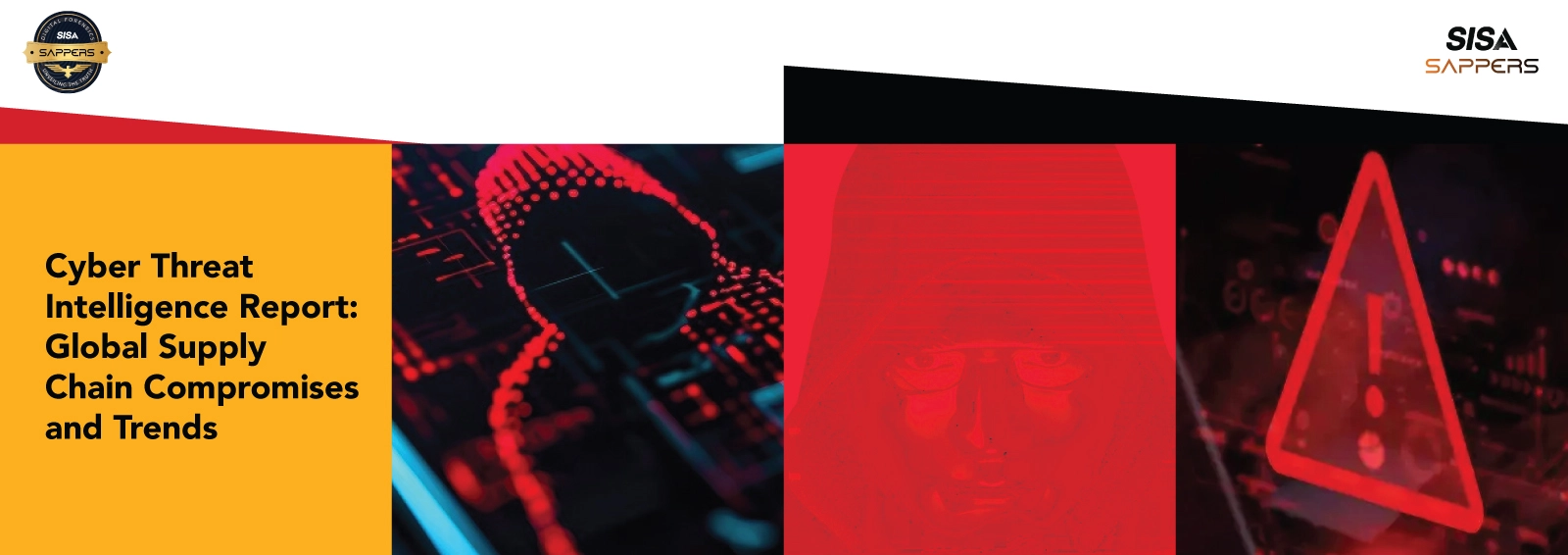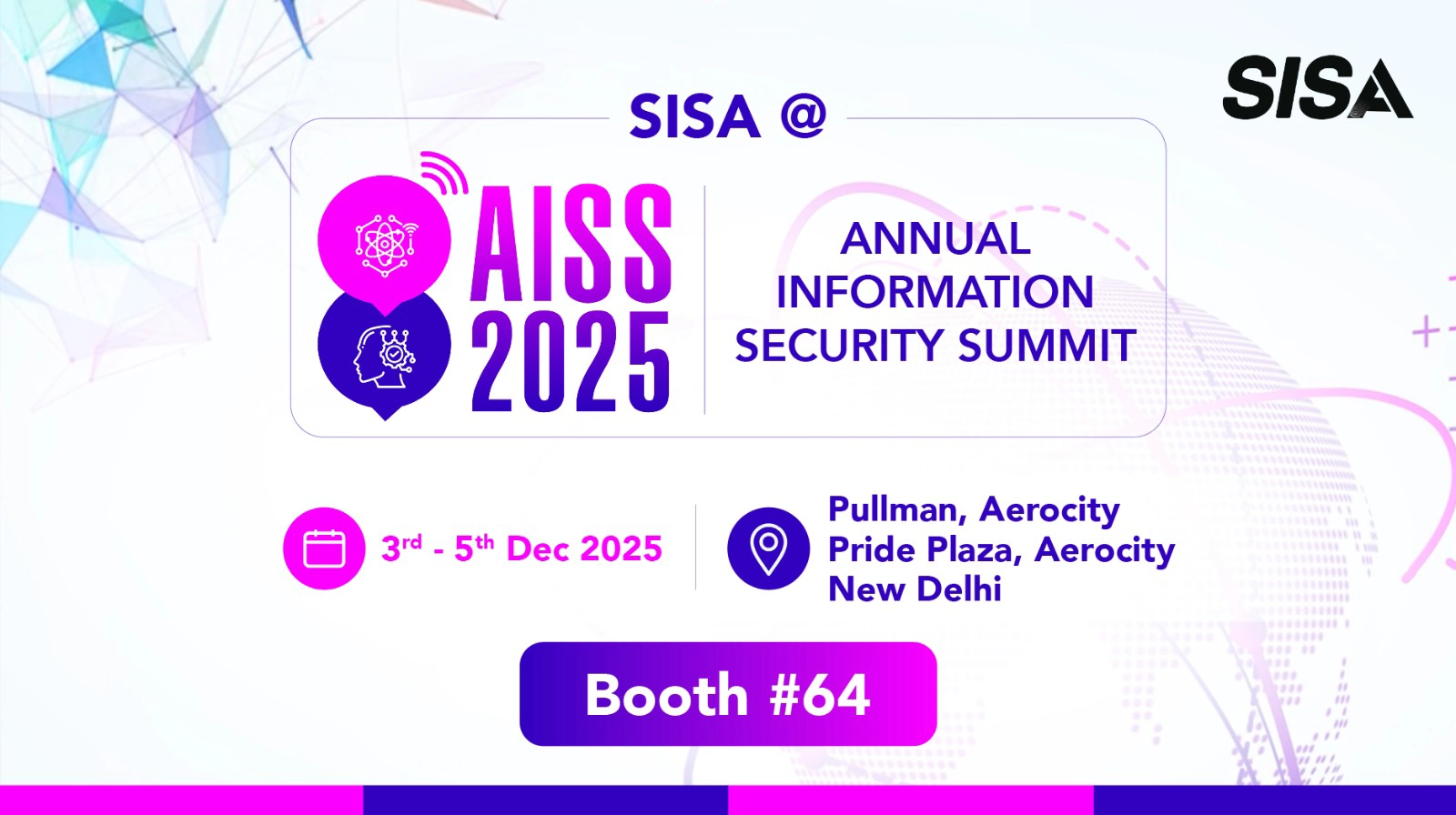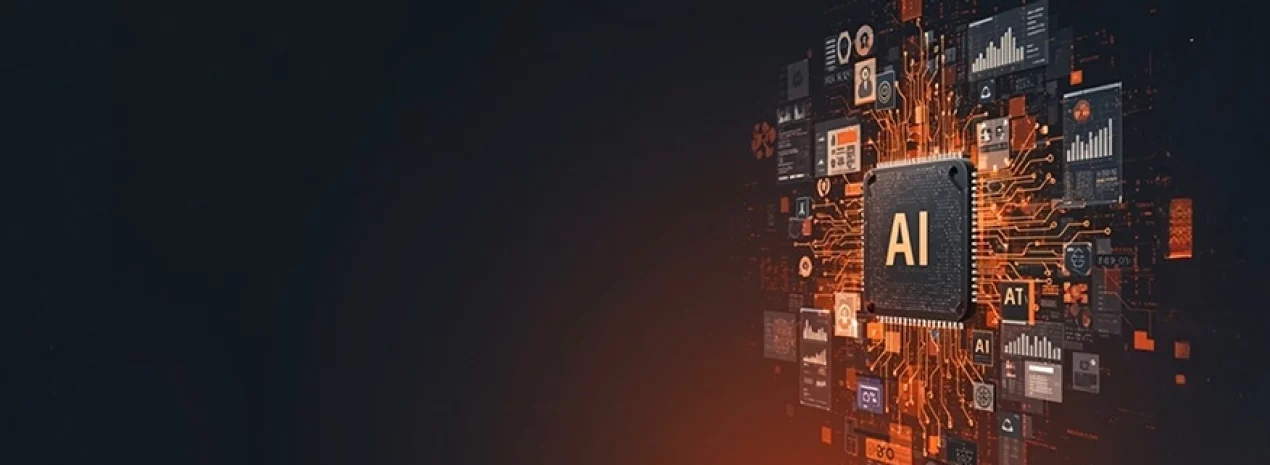
How Agentic SOCs Redefine Modern Threat Detection and Response
Cyberattacks today unfold in seconds. Compromised credentials are weaponized in minutes. Data exfiltration routines run on autopilot. Meanwhile, most security teams are still navigating a maze of alerts, dashboards, and manual triage steps.
This widening gap between attack velocity and analyst capacity has become the defining challenge of modern cybersecurity. Traditional SOCs—built on rule-based automation, static playbooks, and human-centric intervention, are no longer enough. What organizations need now is not just better tools, but systems that can think, reason, and act with autonomy.
This is where Agentic SOC represents a paradigm shift that combines Agentic AI, GenAI, and autonomous agents, with the precision of human judgment. It represents a powerful convergence of automation and human expertise, offering a dynamic, scalable, and context-aware SOC framework. Agentic SOC transforms SOC into an intelligent model where AI agents shoulder the heavy operational burden, freeing analysts to focus on higher-value investigation, threat hunting, and strategic decision-making.
What makes Agentic SOC different?
Unlike traditional SOCs, which simply perform scripted tasks, agentic systems bring agency—the ability to interpret intent, evaluate impact, and orchestrate multi-step actions in complex, dynamic environments. Where traditional SOCs rely heavily on human intervention, an Agentic SOC divides responsibilities intelligently:
Where Agentic AI Takes Over
- Correlating telemetry across cloud, endpoints, identity, and networks
- Detecting anomalous patterns with contextual intelligence
- Prioritizing threats based on impact, behavior, and risk
- Triggering dynamic multi-step response workflows
- Continuously refining detection logic through feedback loops
Where Humans Retain Control
- Setting policy, guardrails, and risk thresholds
- Overriding or approving high-impact containment actions
- Conducting threat hunting and root-cause analysis
- Handling complex, ambiguous investigations
This hybrid model is the foundation of next-generation threat detection and response where AI handles the volume, speed, and noise; and humans handle judgment, nuance, and strategy. For example, in the case of SISA’s ProACT Agentic SOC, while automation handles most threats, complex threat hunting, strategic reviews, consultative security posture recommendations, advanced incident response, forensics, and regulatory consultations remain human-led to ensure depth, context, and precision.
Four ways in which Agentic SOCs are transforming threat detection and response
Traditional detection relies on signatures, correlation rules, and dashboards that analysts must interpret manually. Agentic SOCs redefine detection through a multi-layered process and remove the bottlenecks in response stemming from manual containment, drastically reducing mean time to detect (MTTD) and mean time to respond (MTTR).
1. Detection intelligence at Scale
Agentic SOCs fuse analytics, LLM-powered correlation, behavior profiling, and continuous contextual enrichment for superior threat detection. Key capabilities include:
- Understanding behavioral anomalies (not just matching indicators)
- Correlating signals across identity, endpoints, networks, and cloud
- Continuously learning from previous incidents, threat reports, and analyst feedback
SISA’s ProACT MXDR for example, automates threat detection and response for over 95% of threats by effectively leveraging Agentic AI, Gen AI, and SOAR, while retaining expert-driven decisions to combine AI scale with human insight for smarter, faster response.
2. Prioritization Based on Impact, Not Alerts
Instead of handing analysts a long queue of alerts, agentic systems prioritize threats by business impact, such as critical assets involved, sensitivity of data at risk and likelihood of lateral movement, thereby reducing analyst’s cognitive load by filtering irrelevant or low-priority signals.
3. First-Line Containment
Today, much of the containment steps are performed manually alongside an Incident Response platform for workflow orchestration and response management. Agentic AI, on the other hand, can independently execute low-risk, high-frequency actions such as isolating a suspicious endpoint, terminating malicious processes, revoking compromised tokens, blocking malicious URLs/IPs or enforcing MFA on risky identities.
4. Dynamic Multi-Step Response Playbooks
Most of the Agentic SOCs today use LLMs extensively for alert analysis and generating response recommendations while offering SOAR-led automated response for known threats. As they continue to evolve and expand capabilities, Agentic SOCs will be able to offer autonomous, predictive response using playbooks including self-healing playbooks for common threats with minimal human input for majority of incident types. Multiple AI agents would collaborate across triaging, analysis, and response phases for faster and deeper decision-making.
Conclusion
The cybersecurity battlefield has changed, and so must our defenses. Agentic SOCs represent a strategic leap forward, enabling organizations to outpace adversaries through intelligence and predictive analytics. By combining contextual understanding with self-learning capabilities, they close the gap between detection and action in ways traditional SOCs simply can’t. Any organization looking for an outcome-driven threat detection and response solution – one that ensures timely detection and response, strengthens compliance and security posture, and delivers measurable ROI on cybersecurity investment must consider adopting Agentic SOC.
Latest
Blogs
Whitepapers
Monthly Threat Brief
Customer Success Stories
 USA
USA India
India APAC
APAC Middle East
Middle East Global
Global






 Facebook
Facebook Linkedin
Linkedin  X
X Youtube
Youtube


